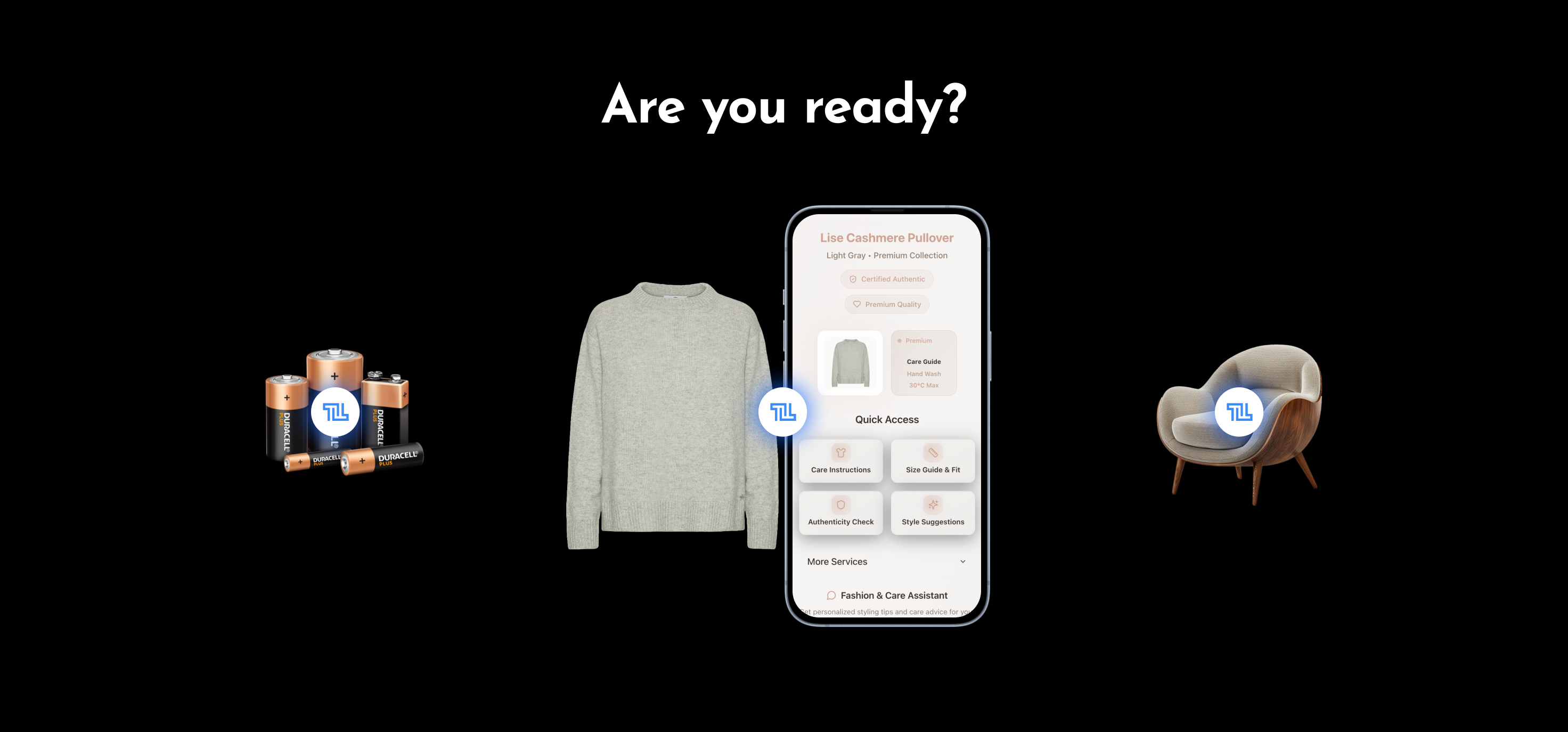Active vs. Passive IoT
Unveil the power of Passive IoT: cost-effective, versatile, and transforming industries.

The Internet of Things (IoT) is the concept of physical objects that connect and exchange data with each other and systems over the Internet or other communications networks. For consumers IoT is often synonymous with smart devices and the smart home. In an enterprise context, IoT forms the foundation of Industry 4.0. It represents the marriage of physical manufacturing and other business processes with their digital counterparts.
Usually when thinking about IoT, we imagine chips that allow for active monitoring of an object’s state. However, if we boil it down to the basics, to IoT-enable a physical object we need: its identity, a way to perform a measurement and communicate the result. If we give each object a unique identity the latter two actions can be performed upon interaction with the object:

The big advantage of this approach is that you don’t have to outfit each object with an active chip and power source. This reduces the cost and opens the door to IoT applications for a wider range of objects.
Let’s compare the different approaches:

While passive IoT isn’t a good fit in every case, it’s still widely applicable:
- Asset tracking
- Location tracking
- Installation progress monitoring
- Compliance monitoring
- Supply chain visibility


-min.png)



